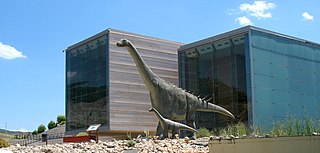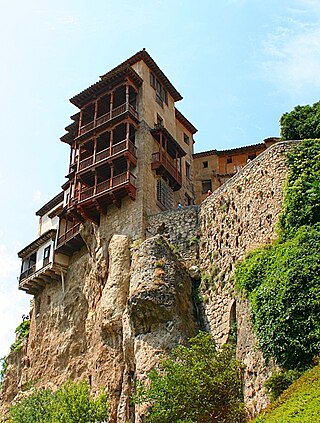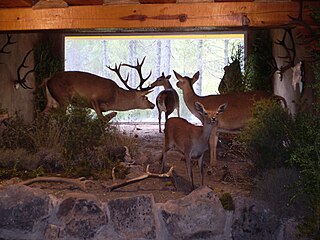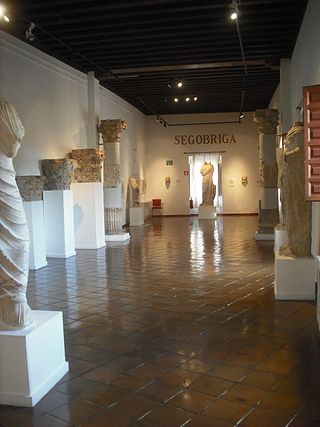9 Sights in Cuenca, Spain (with Map and Images)
Legend
Premium Sights
Book tickets, guided tours and activities in Cuenca.
Guided Free Walking Tours
Book free guided walking tours in Cuenca.
Welcome to your journey through the most beautiful sights in Cuenca, Spain! Whether you want to discover the city's historical treasures or experience its modern highlights, you'll find everything your heart desires here. Be inspired by our selection and plan your unforgettable adventure in Cuenca. Dive into the diversity of this fascinating city and discover everything it has to offer.
Sightseeing Tours in CuencaActivities in Cuenca1. Museo Paleontológico de Castilla-La Mancha
The Paleontological Museum of Castilla-La Mancha (MUPA) is a museum dedicated to the paleontology of Castilla-La Mancha located in the city of Cuenca (Spain). Pay special attention to the numerous fossil remains found in the Cuenca sites of Las Hoyas and Lo Hueco. It also shows numerous life-size figures of dinosaurs, other reptiles and mammals found in sites in the autonomous community.
Wikipedia: Museo Paleontológico de Castilla-La Mancha (ES), Website
2. Casas Colgadas
The Casas Colgadas is a complex of houses located in Cuenca, Spain. In the past, houses of this kind were frequent along the eastern border of the ancient city, located near the ravine of the river Huécar. Today, however, there are only a few of them remaining. Of all of these structures, the most well-known is a group of three with wooden balconies.
3. Iglesia de Santa Cruz
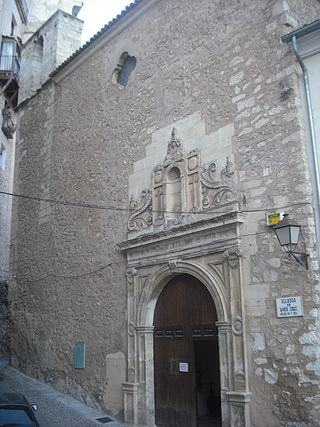
The Church of the Holy Cross in Cuenca (Spain) was one of the first parishes in that city. It was a modest construction, with a nave, which was made of masonry and covered with wood. It currently houses an interesting museum, The Roberto Polo Collection.
4. Parque Cinegético Experimental de El Hosquillo
The Experimental Hunting Park of El Hosquillo, created in 1964 as a big game reserve, is located in the mountains of Cuenca and was enclosed on three mountains owned by the City Council of the capital, although the nearest town by road is Las Majadas. It occupies an area of 910 hectares located within an area of great scenic beauty of the valley of the Escabas River, which continues its course surrounded by high cliffs and mountains after entering the park in the form of a spectacular waterfall, in the cliffs known as the Rincón del Buitre, a place currently inhabited by brown bears.
Wikipedia: Parque Cinegético Experimental de El Hosquillo (ES), Website
5. Museo de las Ciencias de Castilla - La Mancha
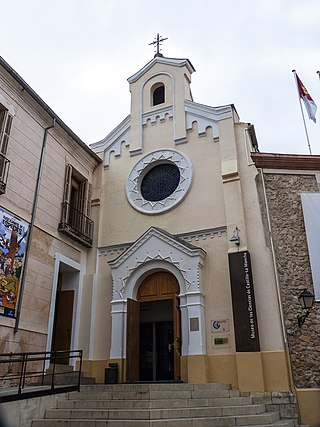
The Science Museum of Castilla-La Mancha is a museum facility dependent on the Junta de Comunidades de Castilla-La Mancha located in Cuenca and inaugurated on January 15, 1999. Its most important collection corresponds to the fossils of the paleontological site of Las Hoyas, with 14,000 pieces and 24 holotypes.
Wikipedia: Museo de las Ciencias de Castilla-La Mancha (ES), Website
6. Museo de Cuenca
The Museum of Cuenca is located in the so-called Casa del Curato, in the old town of Cuenca (Spain). Inaugurated in 1974, it has three sections: Archaeology, Ethnology and Fine Arts. Its numismatic collection is also remarkable.
7. Convento de San Pedro de las Justinianas
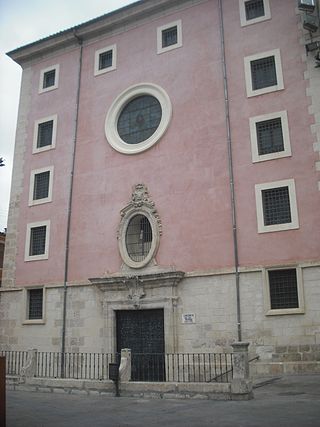
The convent of San Pedro de las Justinianas in Cuenca (Spain), dates from the mid-eighteenth century, when Canon Lujando decided to call Alejandro González Velázquez and Blas de Rentería to make the traces and write the conditions of the works of the church, although the one who really designed it was the first of them.
8. Iglesia de San Nicolás de Bari
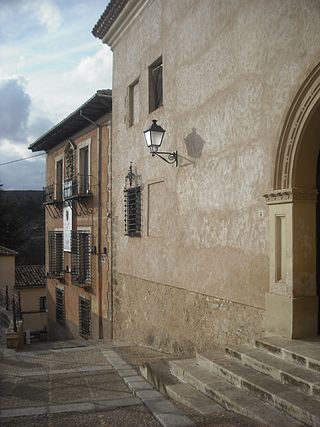
The church of San Nicolás de Bari located in Cuenca (Spain) seems to have been built in the fifteenth century, although architecturally speaking, its structure does not resemble the typical Renaissance buildings of this century. Its original structure consisted of a rectangular floor plan with a stone apse at its apse, a structure that is closer to the approaches of Romanesque architecture than to Renaissance architecture. As well as the orientation to the south of its main façade, also typical of Romanesque churches.
9. Iglesia del Santísimo Cristo del Amparo
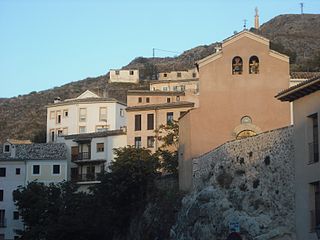
The church of Santísimo Cristo del Amparo in Cuenca (Spain) was built at the end of the sixteenth century and is located in the neighborhood of Los Tiradores. This neighborhood in the fifteenth century saw the arrival of humble people who came to the big city in search of work. The need to attend to this population led the Church to promote the Chapter of Santa Catalina del Monte Sinai, as a hospital for the care of the shameful poor.
Share
How likely are you to recommend us?
Disclaimer Please be aware of your surroundings and do not enter private property. We are not liable for any damages that occur during the tours.
